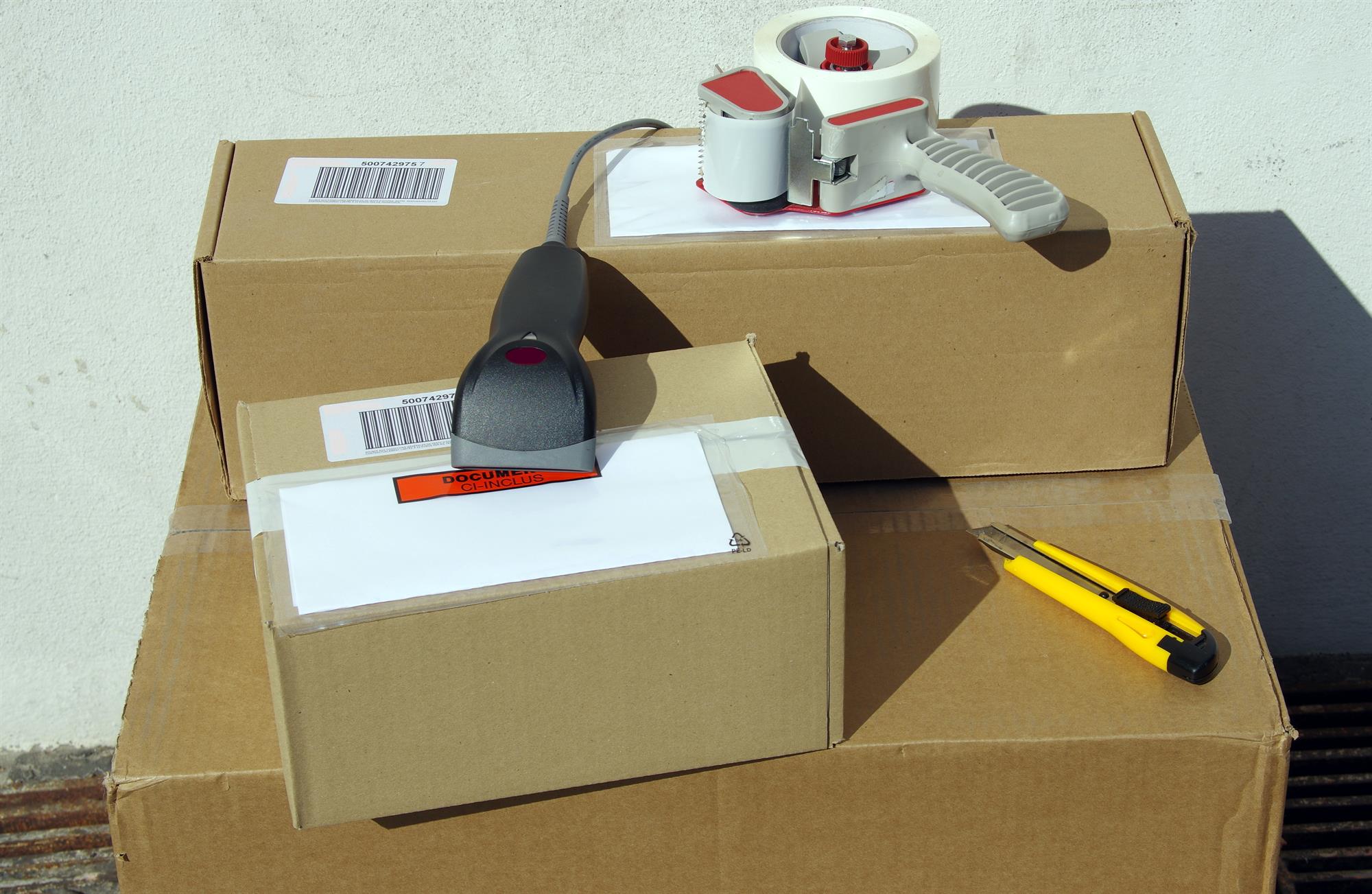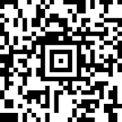At Fenwick Software I’ve been a part of many warehouse scanning projects. One of the first things that needs to be understood is labeling. This can be quite daunting as warehouses often need to be identified on a barcode label to the level of aisle, bay, level and bin. You also need to consider labeling all inbound goods to make transferring stock simple in a warehouse scanning environment.
To assist with label printing during implementations, Fenwick Gold Module FG34 Label Integrator allows NAV to talk directly to NiceLabel, label design and printing software, which is the software that prints any style of labels required.
There are a few common types of barcode systems of symbols (symbology) which can be broken down into two separate groups—one dimensional and two dimensional. If you are involved in a warehouse scanning project it’s helpful to have a basic understanding of these, of symbology, and application identifiers:
One dimensional
These are considered the first generation of barcodes and are typically recognised by their linear format. At inception these were marked on trains and stations as a way of logging travel distance and time, this format was called KarTrak. These codes stretch horizontally as more information is added, due to the nature of the parallel lines relating directly to a fixed value. There is minimal ability for compression which is quite a drawback when holding large amounts of information.
Two Dimensional or Matrix
These barcodes are used to convey more complicated information such as URL’s or flight numbers. The most common expression of these would be the Quick Response or QR Code which was first developed for the automotive industry in Japan and which has been widely accepted due to its efficient size and visuals. However, one of the more important features of these barcodes is their redundancy—their values can be verified even if there is damage to part of the label, which makes them particularly practical.
Symbology (the systems of symbols)
The most commonly known barcode is a simple Code 128, which specifies a combination of six bars and spaces for each symbol and which is found in all supermarkets. This is a one directional format. Airlines commonly use an Aztec barcode—similar in design to a QR code or a PD417 code, which is a composite style found in one and two-dimensional barcodes. There are hundreds of symbologies all of which are adopted by one or more industries, so it’s best to find an industry standard for your application.
Application Identifiers
The standards organisation GS1 was established in 1973 when industry leaders in the USA adopted a single standard for product identification. In 2004 GS1 released a standard for Radio Frequency Identification (RFID) to automatically identify and track tags attached to products.
The driver behind label standards are application identifiers, or AI’s. These prefix each chunk of data with a unique list of possible data types. They exist for: Quantity; Location; Serial Number; Weight; and more—all of which are issued by GS1 to ensure they are unique. This is how we’re able to generate barcodes for pallets and have the information successfully read by any company across Australia. If you see a bracketed value on an item label this is an AI at work, helping identify the value that follows.
It’s been rewarding to be able to help clients improve their businesses through the implementation of warehouse scanning technology.










